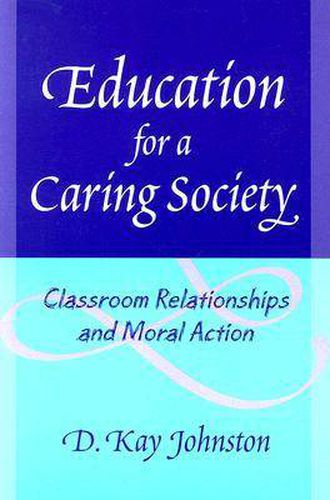Readings Newsletter
Become a Readings Member to make your shopping experience even easier.
Sign in or sign up for free!
You’re not far away from qualifying for FREE standard shipping within Australia
You’ve qualified for FREE standard shipping within Australia
The cart is loading…






How can we create a classroom in which relationships are a central focus, and why is this important to teaching and learning? In this engaging book, Johnston brings the conversation about the purpose of education back to the importance of developing critical thinkers that can participate in a democratic society and a rapidly changing world. In order to educate this kind of citizen, teachers must attend to the development of students’ ability to think of themselves in relationships. Drawing on 35 years of teaching and thinking about teaching as a guide, the author: discusses how teachers can develop a classroom in which students learn to trust each other; examines the connections of these classroom relationships to moral theory and moral behavior; presents the ways teachers think about the many dimensions of classroom relationships; illustrates how complicated and often difficult it is in a classroom to develop relationships in which people can speak out and trust one another; and, offers ideas that are crucial to classroom community and teaching for social justice.
$9.00 standard shipping within Australia
FREE standard shipping within Australia for orders over $100.00
Express & International shipping calculated at checkout
How can we create a classroom in which relationships are a central focus, and why is this important to teaching and learning? In this engaging book, Johnston brings the conversation about the purpose of education back to the importance of developing critical thinkers that can participate in a democratic society and a rapidly changing world. In order to educate this kind of citizen, teachers must attend to the development of students’ ability to think of themselves in relationships. Drawing on 35 years of teaching and thinking about teaching as a guide, the author: discusses how teachers can develop a classroom in which students learn to trust each other; examines the connections of these classroom relationships to moral theory and moral behavior; presents the ways teachers think about the many dimensions of classroom relationships; illustrates how complicated and often difficult it is in a classroom to develop relationships in which people can speak out and trust one another; and, offers ideas that are crucial to classroom community and teaching for social justice.